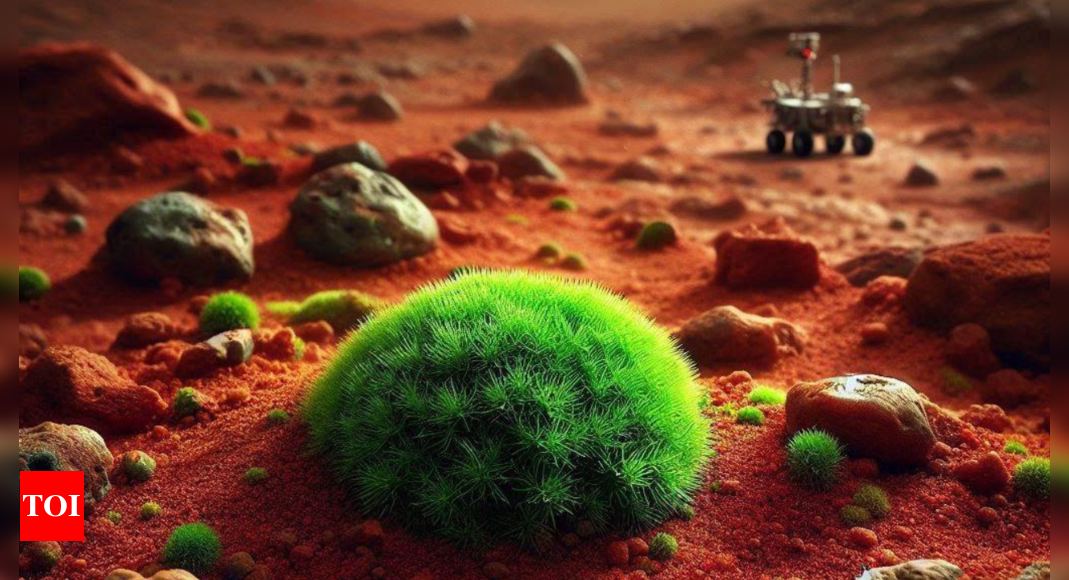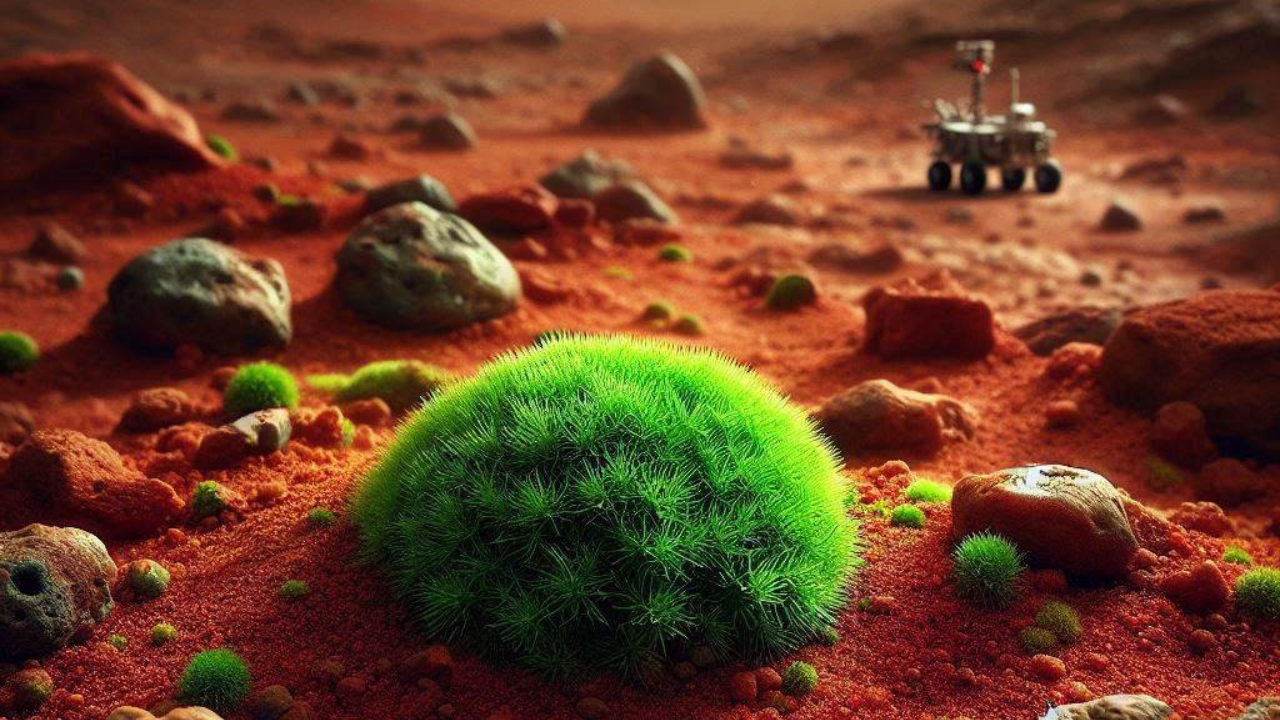A species of desert moss found in China’s Xinjiang region has been identified by scientists as a potential candidate for sustaining future colonies on Mars, according to a study conducted by the Chinese Academy of Sciences. The moss, known as Syntrichia Caninervis, exhibited remarkable resilience when exposed to conditions simulating the Martian environment, including extreme dryness, ultra-low temperatures, and radiation, the research, published in The Innovation journal on July 1, revealed.
The scientists discovered that the moss possesses the ability to recover its photosynthetic and physiological activities within seconds of being hydrated, even after losing more than 98% of its cellular water content. Furthermore, the plant can withstand ultra-low temperatures and regenerate after being stored in a freezer at minus 80 degree Celsius (minus 112 Fahrenheit) for five years or in liquid nitrogen for a month. Syntrichia Caninervis is found in various regions, including Xinjiang, Tibet, a Californian desert, the Middle East, and polar regions.
The study suggests that the moss “(can) help drive the atmospheric, geological, and ecological processes required for other higher plants and animals while facilitating the creation of new habitable environments conducive to long-term human settlement.”
The researchers believe that the plant could contribute to oxygen production, carbon sequestration, and soil fertility, thereby supporting the establishment and maintenance of an ecosystem on Mars.
“(It) can help drive the atmospheric, geological, and ecological processes required for other higher plants and animals while facilitating the creation of new habitable environments conducive to long-term human settlement,” the study said.
The discovery of this resilient moss species comes at a time when both China and the United States are actively pursuing space exploration plans. China has scheduled missions such as the Tianwen-2 near-Earth asteroid probe for next year and the Tianwen-3 mission around 2030 to retrieve samples from Mars. The country also recently retrieved samples from the far side of the moon.
The scientists discovered that the moss possesses the ability to recover its photosynthetic and physiological activities within seconds of being hydrated, even after losing more than 98% of its cellular water content. Furthermore, the plant can withstand ultra-low temperatures and regenerate after being stored in a freezer at minus 80 degree Celsius (minus 112 Fahrenheit) for five years or in liquid nitrogen for a month. Syntrichia Caninervis is found in various regions, including Xinjiang, Tibet, a Californian desert, the Middle East, and polar regions.
The study suggests that the moss “(can) help drive the atmospheric, geological, and ecological processes required for other higher plants and animals while facilitating the creation of new habitable environments conducive to long-term human settlement.”
The researchers believe that the plant could contribute to oxygen production, carbon sequestration, and soil fertility, thereby supporting the establishment and maintenance of an ecosystem on Mars.
“(It) can help drive the atmospheric, geological, and ecological processes required for other higher plants and animals while facilitating the creation of new habitable environments conducive to long-term human settlement,” the study said.
The discovery of this resilient moss species comes at a time when both China and the United States are actively pursuing space exploration plans. China has scheduled missions such as the Tianwen-2 near-Earth asteroid probe for next year and the Tianwen-3 mission around 2030 to retrieve samples from Mars. The country also recently retrieved samples from the far side of the moon.

